News & Announcements
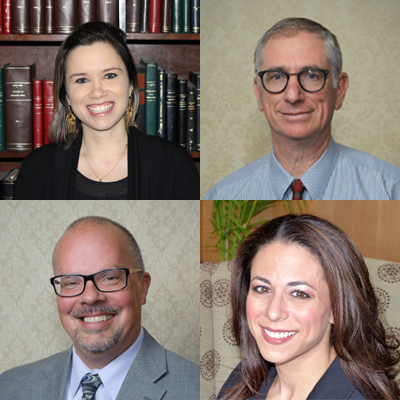 In the past year, the IIRP Graduate School has welcomed four new faculty members, enhancing our geographic diversity and expertise in the areas of research and education. Meet (clockwise) Fernanda Fonseca-Rosenblatt, Ph.D., A. Migue Tello, Gina Baral Abrams, Dr.P.H., and Michael DeAntonio, Ph.D.
In the past year, the IIRP Graduate School has welcomed four new faculty members, enhancing our geographic diversity and expertise in the areas of research and education. Meet (clockwise) Fernanda Fonseca-Rosenblatt, Ph.D., A. Migue Tello, Gina Baral Abrams, Dr.P.H., and Michael DeAntonio, Ph.D.

In Joseph Campbell’s seminal work, The Hero with a Thousand Faces, he discusses how life’s tragedies remind us of that which is fragile and life’s comedies remind us of that which is invincible within us and around us. It is only by grasping the reality of both aspects of our personal story that we come to know ourselves and to fully understand others. Even in restorative conferences held in the wake of serious offenses such as murder, victims who choose to participate commonly report that they came to see the offender as an imperfect and broken human being, instead of an all-powerful monster. More than any other method, humans use storytelling and voice to make sense of emotionally powerful experiences. A dignified life is one in which we feel that our story is heard, understood and matters to those around us.
 View the full list of breakout sessions and downloadable presenter files.
View the full list of breakout sessions and downloadable presenter files.
The 2017 IIRP World Conference, Learning in the 21st Century: A Restorative Vision, was held October 23-25 in Bethlehem, Pennsylvania, at the Hotel Bethlehem and IIRP Campus. The conference created a vibrant community of learning and mutual support for more than 370 participants from 34 U.S. states, three Canadian provinces and 11 other countries: Australia, Canada, Costa Rica, Hungary, India, the Netherlands, New Zealand, Peru, Singapore, Trinidad & Tobago, and the United Kingdom.
IIRP President John W. Bailie, Ph.D., welcomed all participants Monday morning at the Central Moravian Church with introductory remarks. "The 21st century presents new needs and challenges, and educational institutions must rapidly adapt. What’s needed is a fundamental re-visioning of what it means to learn and what it means to teach," he offered. "Our goal is to bring new voices into the field of restorative practices that can challenge all of us to develop, grow and think expansively about the future of learning."
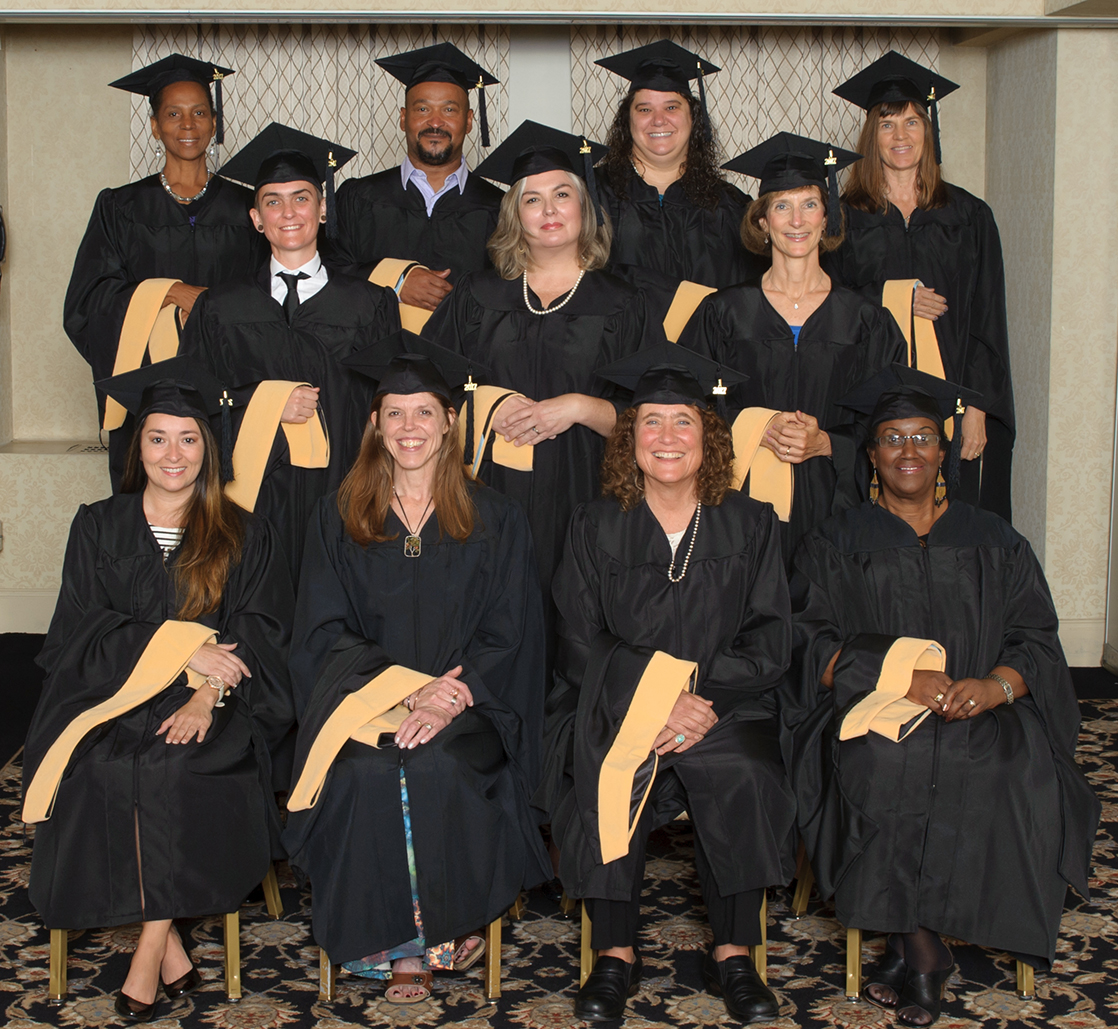 “The graduates you see before you are the leading edge of a new and vibrant field within the social sciences,” affirmed John Bailie, Ph.D., President, at the 2017 Graduate School Commencement. “Every day they are doing the difficult, inspiring, transformative work of improving civil society. And I have no doubt that each of them will continue to work tirelessly to improve their community. Going forward from today, they will be the professionals, leaders and role models the world so desperately needs.” Craig Adamson, Ph.D., Provost, addressed the graduates: “We take huge pride in your successes. To be able to count on your expertise as relevant, practical and innovative agents of change — that’s something no institution should take lightly.”
“The graduates you see before you are the leading edge of a new and vibrant field within the social sciences,” affirmed John Bailie, Ph.D., President, at the 2017 Graduate School Commencement. “Every day they are doing the difficult, inspiring, transformative work of improving civil society. And I have no doubt that each of them will continue to work tirelessly to improve their community. Going forward from today, they will be the professionals, leaders and role models the world so desperately needs.” Craig Adamson, Ph.D., Provost, addressed the graduates: “We take huge pride in your successes. To be able to count on your expertise as relevant, practical and innovative agents of change — that’s something no institution should take lightly.”
The Class of 2017 Master of Science graduates participated in the program from more varied and distant locations than ever before. The 16 graduates reside in seven US states from California to Connecticut, plus Trinidad and Tobago and British Columbia, Canada. They are attorneys, teachers, music therapists, violence prevention educators and more. All were driven to commit time and hard work to gain valuable competencies and interpersonal and intrapersonal skills relevant to their professions.
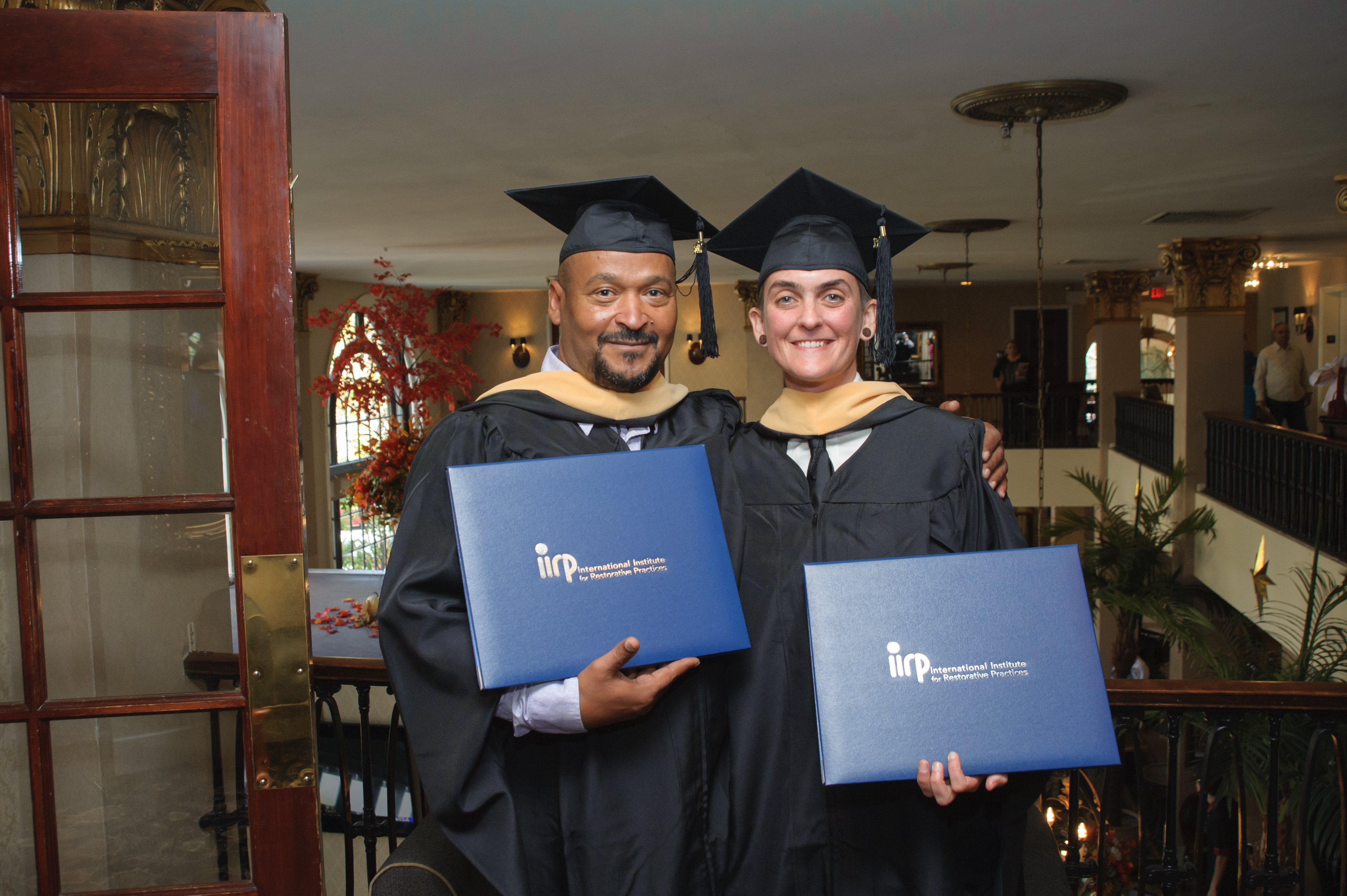 On behalf of their classmates, Commencement speakers Kevin Jones of Illinois and Kristin Wraight of Connecticut shared their journeys and their passion. “I am able to bring about whole community change because of the IIRP,” declared Kevin. Kristin urged us to “get to know our neighbors again, especially the ones who don’t look like us.” Because, she asserted, “Community is the antidote to hate and fear. When we lose our way and feel powerless to do anything, all we need remember is to reach out and connect with one another. This is the work that will heal the world."
On behalf of their classmates, Commencement speakers Kevin Jones of Illinois and Kristin Wraight of Connecticut shared their journeys and their passion. “I am able to bring about whole community change because of the IIRP,” declared Kevin. Kristin urged us to “get to know our neighbors again, especially the ones who don’t look like us.” Because, she asserted, “Community is the antidote to hate and fear. When we lose our way and feel powerless to do anything, all we need remember is to reach out and connect with one another. This is the work that will heal the world."
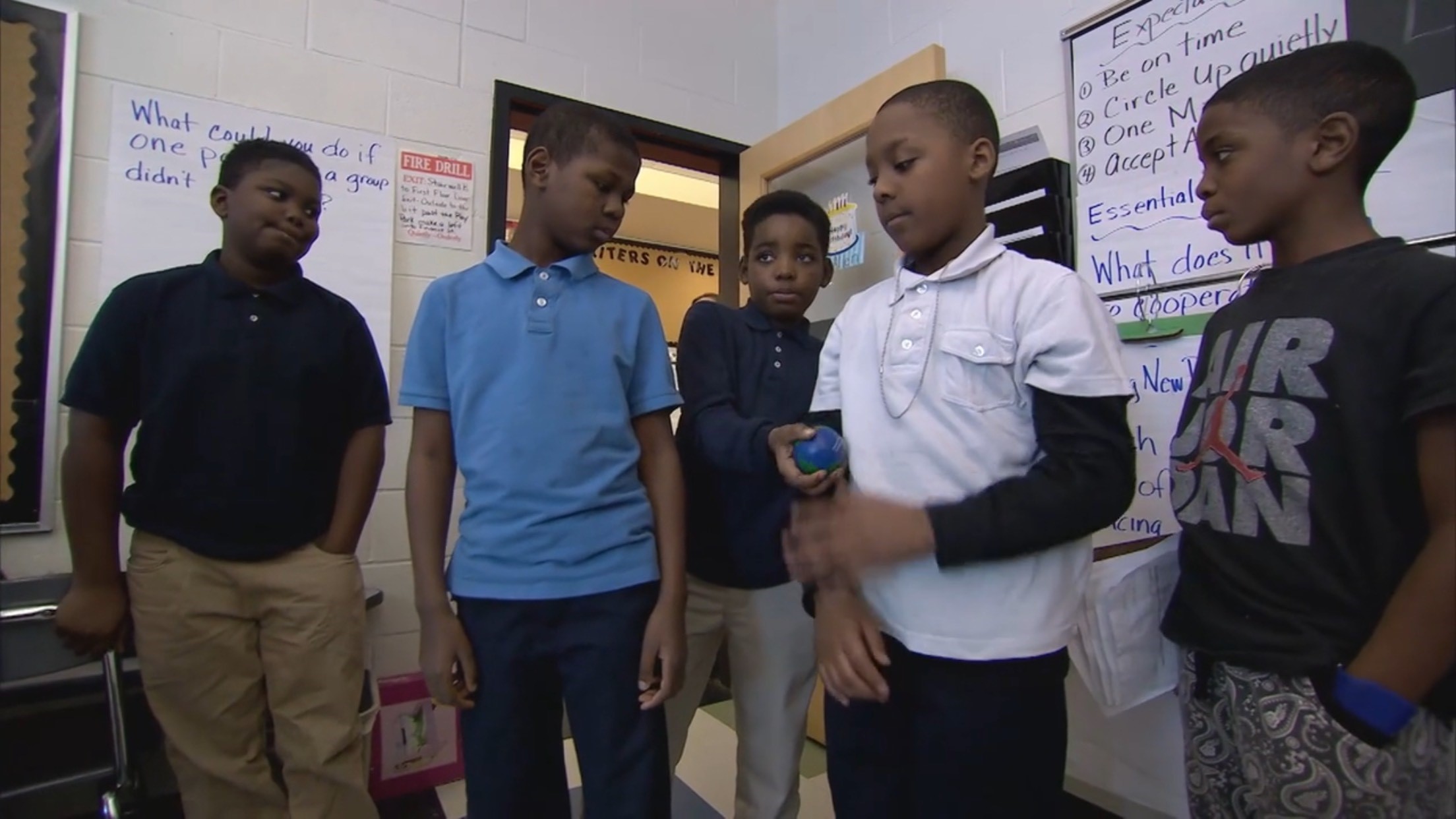 Pittsburgh Public Schools (PPS) brought the IIRP’s SaferSanerSchools Whole-School Change Program to 22 schools, from 2014 to 2017, thanks to a grant from the U.S. Department of Justice Comprehensive School Safety Initiative. The RAND Corporation has been studying the project — a randomized controlled trial of restorative practices implementation — and will be producing a final report in spring 2018. Meanwhile, PPS has announced it is making a commitment to continuing the use of restorative practices in the 22 schools, as well as expanding their use to all district schools over the next two school years.
Pittsburgh Public Schools (PPS) brought the IIRP’s SaferSanerSchools Whole-School Change Program to 22 schools, from 2014 to 2017, thanks to a grant from the U.S. Department of Justice Comprehensive School Safety Initiative. The RAND Corporation has been studying the project — a randomized controlled trial of restorative practices implementation — and will be producing a final report in spring 2018. Meanwhile, PPS has announced it is making a commitment to continuing the use of restorative practices in the 22 schools, as well as expanding their use to all district schools over the next two school years.
 The International Institute for Restorative Practices Canada (IIRP Canada) is pleased to welcome two new members to the team, Gayle Desmeules, who will serve as the Regional Representative for Western Canada, and Peggy Barrette, who joins the team as a bilingual trainer and consultant providing learning opportunities in French as well as in English.
The International Institute for Restorative Practices Canada (IIRP Canada) is pleased to welcome two new members to the team, Gayle Desmeules, who will serve as the Regional Representative for Western Canada, and Peggy Barrette, who joins the team as a bilingual trainer and consultant providing learning opportunities in French as well as in English.

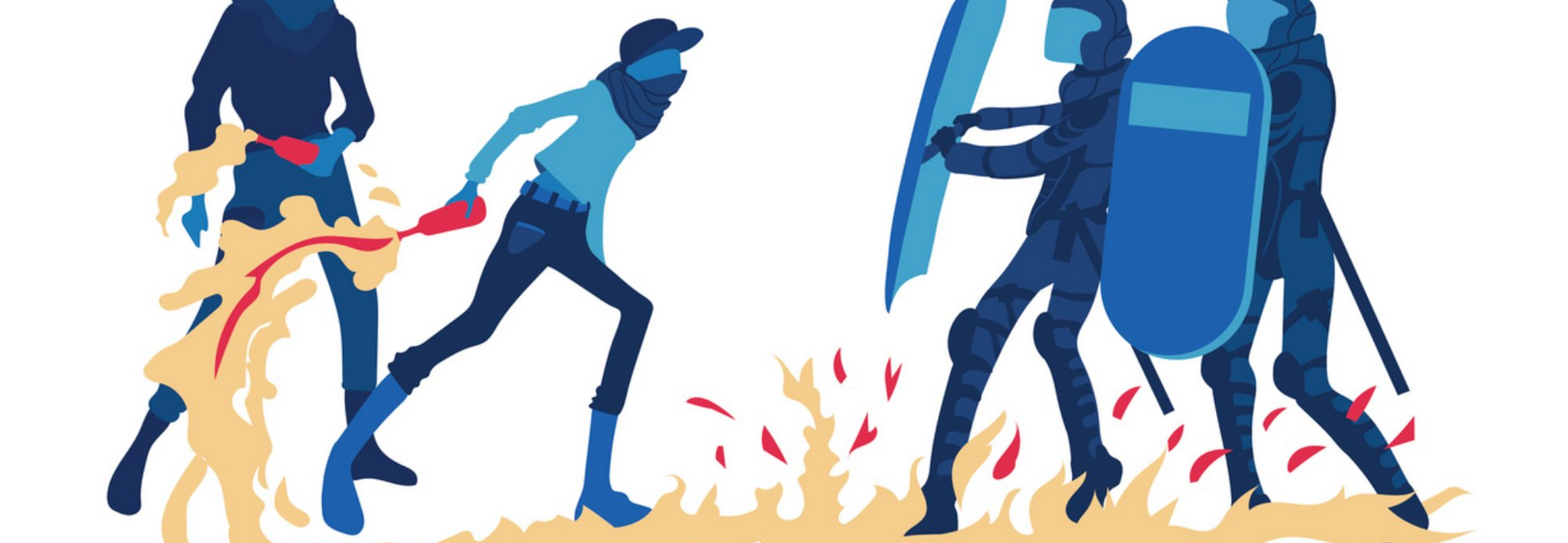
IIRP President John W. Bailie, Ph.D., provides a brief overview of how restorative practices could provide a framework for responding to extermism.
 Image by Trocaire via Wikimedia CommonsAcross Europe, communities are struggling to deal with the consequences of Syrian immigrants arriving, settling and attempting to integrate into society. In the Romanian port town of Brăila, Vidia Negrea, IIRP Europe’s Regional Representative for Eastern Europe and IIRP Trustee, recently ran a restorative circle to begin to address issues that have strained relationships in a local school.
Image by Trocaire via Wikimedia CommonsAcross Europe, communities are struggling to deal with the consequences of Syrian immigrants arriving, settling and attempting to integrate into society. In the Romanian port town of Brăila, Vidia Negrea, IIRP Europe’s Regional Representative for Eastern Europe and IIRP Trustee, recently ran a restorative circle to begin to address issues that have strained relationships in a local school.
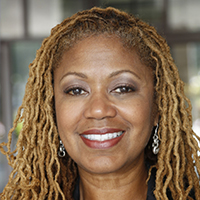 As the pendulum in U.S. schools continues to swing away from punitive discipline policies toward a more holistic approach to improving school climate, a host of presentations at the 23rd IIRP World Conference, Learning in the 21st Century: A Restorative Vision, will explore elements of this development.
As the pendulum in U.S. schools continues to swing away from punitive discipline policies toward a more holistic approach to improving school climate, a host of presentations at the 23rd IIRP World Conference, Learning in the 21st Century: A Restorative Vision, will explore elements of this development.
Featured speaker Pamela Randall-Garner, Ed.D., Senior Staff Advisor for the Collaborating Districts Initiative of CASEL (Collaborative for Academic Social and Emotional Learning), will focus on several important aspects of these efforts in her presentation, “Building Supportive School Communities,” including social and emotional learning (SEL) for students and staff, equity for students of diverse backgrounds and the role of restorative practices to support those efforts.
